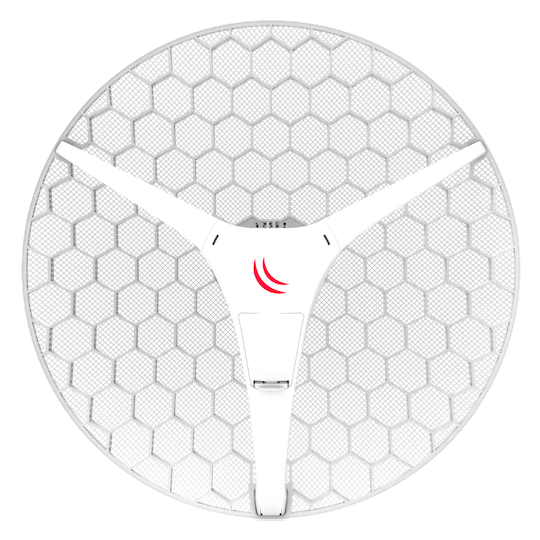
MikroTik: RIP Routing Protocol on MikroTik RouterOS v7 with LABS
Master the RIP routing protocol on RouterOS version 7 to fully utilize its features within your network
Description
RIP (Routing Information Protocol) is one of the oldest yet simplest dynamic routing protocols. This means that configuring RIP on your routers doesn't require extensive networking knowledge. It's quite straightforward to set up.
However, a lack of understanding of how RIP functions can lead to improper configuration on MikroTik RouterOS. To address this, we've created a course dedicated to the RIP routing protocol, starting from the basics on MikroTik RouterOS version 7.
The course begins with a theoretical section on RIP. Following this, we'll demonstrate practical applications in various LABS.
For this course, all you need is a PC with internet access. we'll be using GNS3 with the MikroTik CHR image to emulate all the LABS, making it easy for you to follow along.
This course is perfect for students and engineers who are new to RIP and want to learn how to implement its features in a real-world network.
If you're interested in gaining a comprehensive understanding of the RIP routing protocol and learning how to configure it on the latest MikroTik RouterOS version 7, we strongly recommend taking this course.
Who this course is for
- Network engineers who want to deploy RIP routing protocol on their MikroTik network
- Students who want to learn RIP and understand how to configure it on MikroTik RouterOS
What you'll learn
- Understand the theory behind RIP
- Enable RIP on MikroTik RouterOS V7
- Understand the difference between RIP v1 and RIP v2
- Configure interfaces in RIP
- Redistribute a default route in RIP
- Redistribute OSPF routes in RIP
- Authentication on RIP
Requirements
- Basic computer knowledge
- Good understanding of networking basics
- Good understanding of TCP/IP protocol












